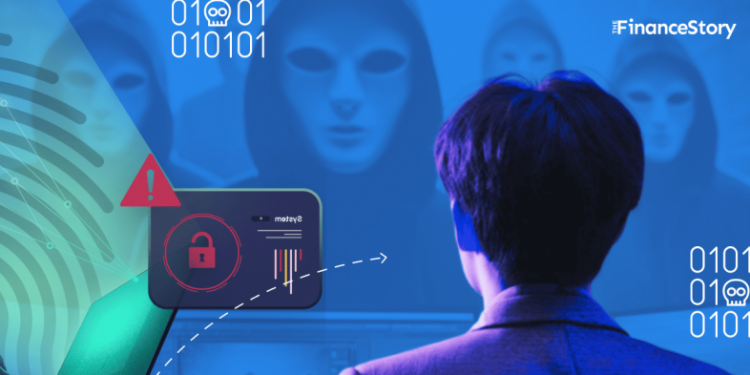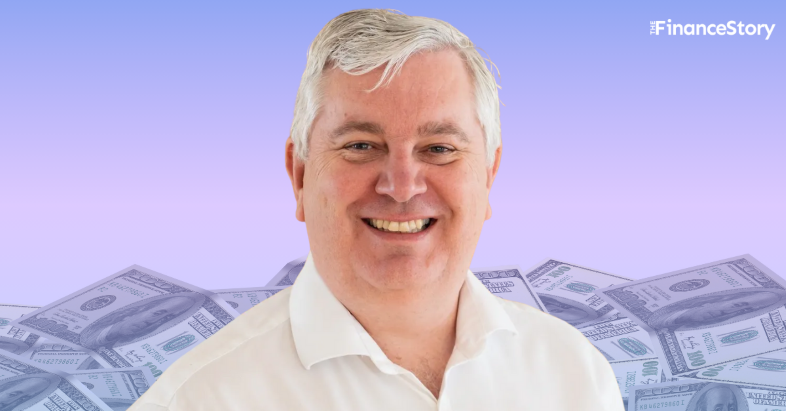- A finance professional at a multinational firm in Hong Kong was tricked into paying $25 million to scammers.
- The cyber criminals used a deepfake video of the company’s CFO to convince the workers.
Cybercriminals pose as CFO
In January, a finance professional at a multinational firm in Hong Kong received a message from their Chief Financial Officer (CFO), asking for a secret transaction.
But in reality, it was cyber criminals who used deepfake technology to pose as the CFO.
Deceived by a deep fake video call
The worker was reluctant to make the transfer.
During a video conference call they convinced the worker that it was legit by generating deepfakes of some of the employees, as well.
After attending that video conference call, he was convinced.
$25.6 million lost to scammers
He transferred $200 million Hong Kong dollars – about USD 25.6 million to the fraudsters.
The victim only found out that he was scammed after checking with the corporation’s head office.
Hong Kong police did not reveal the name or details of the company or the worker.
What’s deepfake?
Deepfakes are a type of synthetic media that uses advanced technology to manipulate facial appearance to create realistic and deceptive visual and audio content.
This manipulation is made possible through the application of machine learning and artificial intelligence techniques.
Deepfakes are getting more sophisticated
Deepfake tech is getting better and more sophisticated at making fake videos look real, causing a lot of trouble.
Hong Kong authorities have arrested six individuals involved in similar fraudulent activities.
How to avoid such scams
Companies worldwide are becoming more worried about the advanced capabilities of deep fake technology and its potential for malicious purposes.
To prevent such incidents from recurring, companies can take precautionary measures,
- Educate employees: Train employees to be aware of deepfakes, recognize suspicious behavior, and verify information before taking action.
- Verify meeting details: Double-check the meeting organizer, participants, and agenda through official channels outside the video call platform.
- Pay attention to details: Look for inconsistencies in video quality, audio syncing, facial expressions, or lip movements.
- Question unusual requests: Be wary of urgent or out-of-character demands, especially involving financial transactions or sensitive data.
- Challenge and confirm: Don’t hesitate to ask questions, clarify instructions, and confirm important information through other established communication methods.
Closing…
While AI has enormous potential benefits, we cannot turn a blind eye to its risks, malicious deepfakes are one of them.
But AI has indeed become a huge part of our lives and many industries have already invested billions into the same.
Governments around the world now need to focus on regulations to keep scammers like these at bay.
More than anything as CFOs, it’s crucial to take proactive steps to safeguard your organization against deepfake fraud.














